Google Pixelbook review: the big Chromebook comeback
Has the Chromebook finally come of age?
Google's Pixelbook delivers on the promise of ChromeOS - a speedy, lightweight laptop with all of the intelligence and functionality that we've come to expect from Google. It may be expensive compared to most other Chromebooks, but it makes up for it with a slick design and some very clever features.
-
+
Gorgeous design
-
+
Excellent keyboard
-
+
Google Assistant built in
-
+
Runs Android apps
-
-
Pricey
-
-
Still can't run proper desktop apps

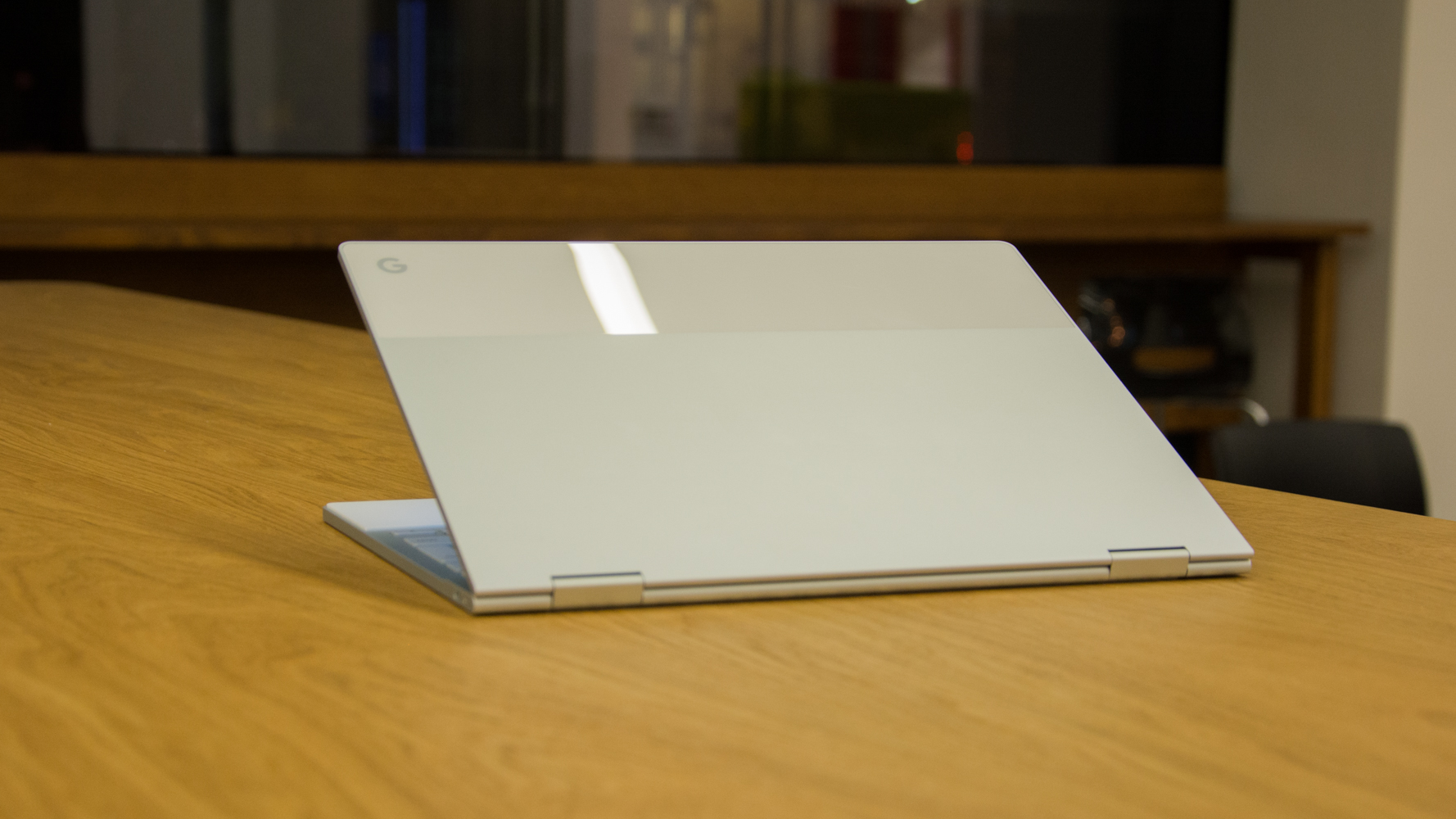
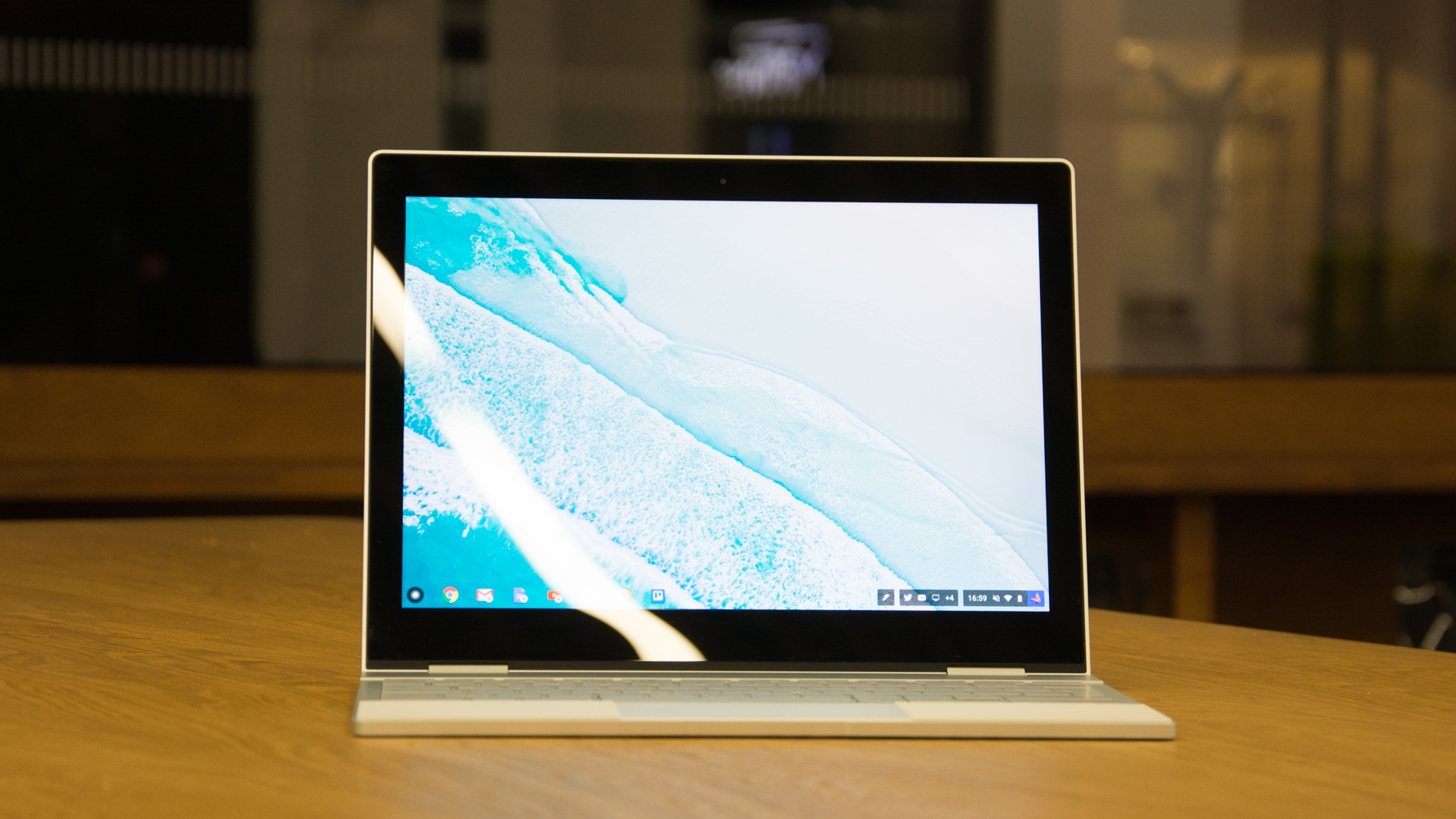


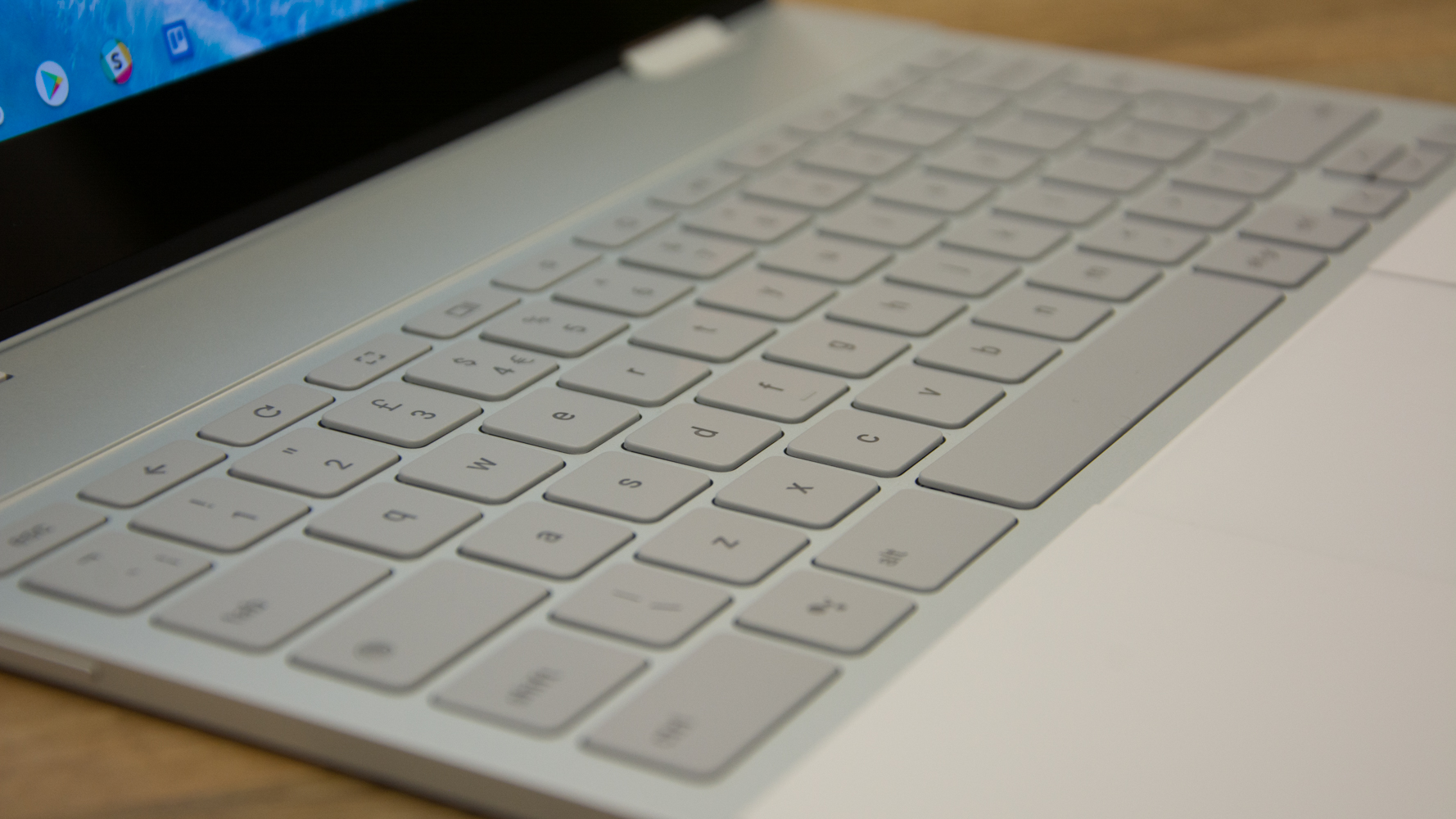

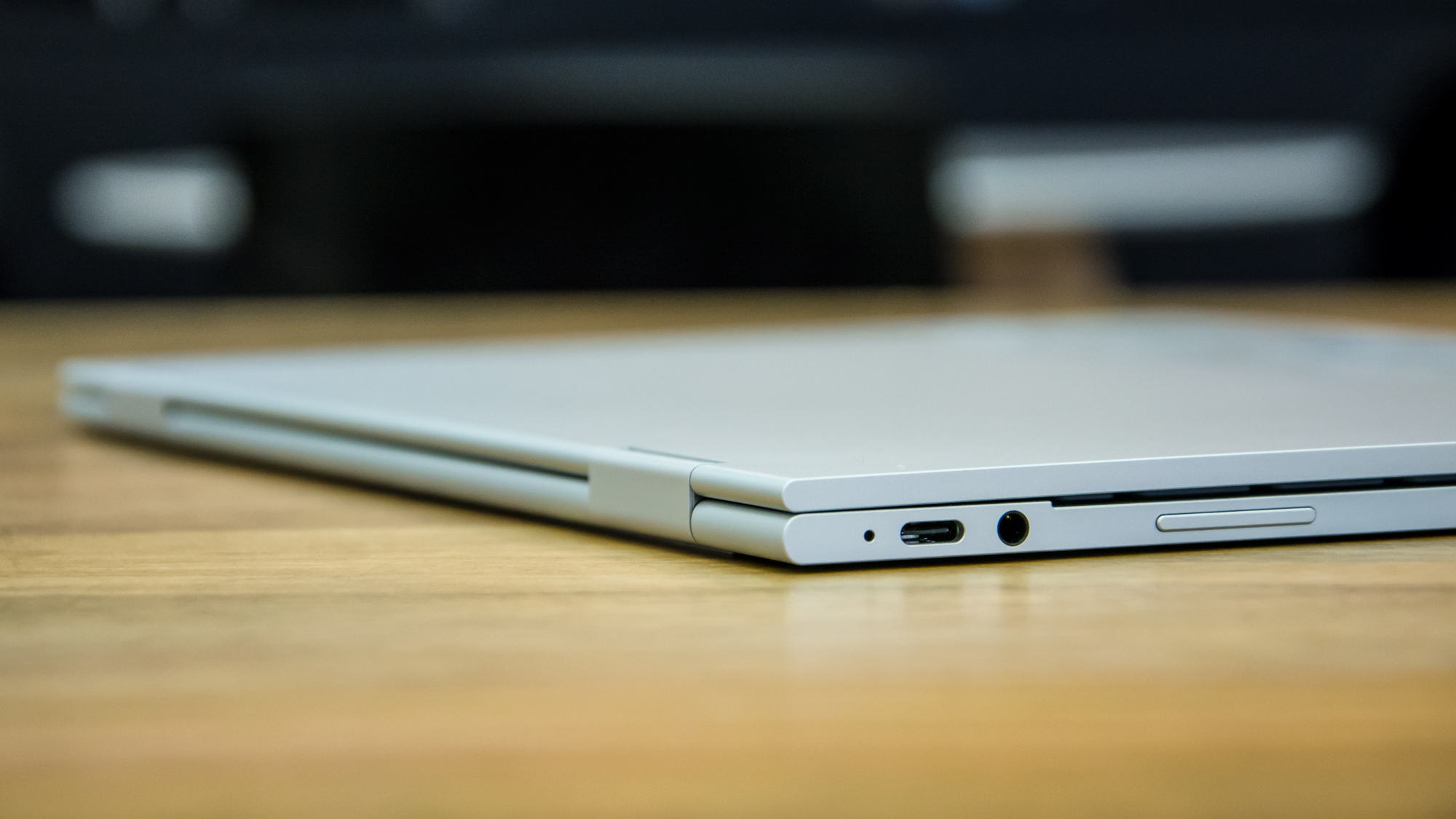
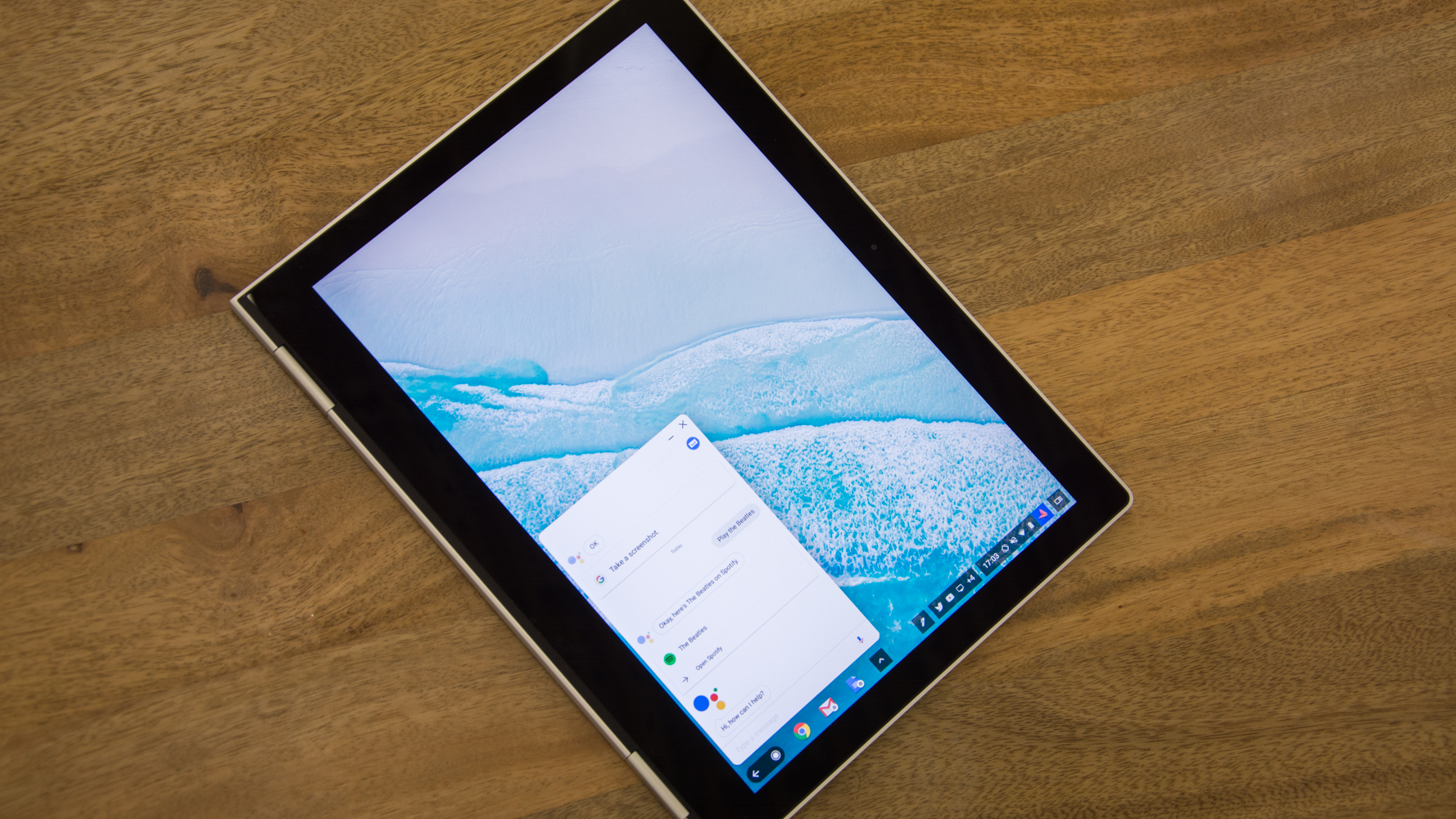
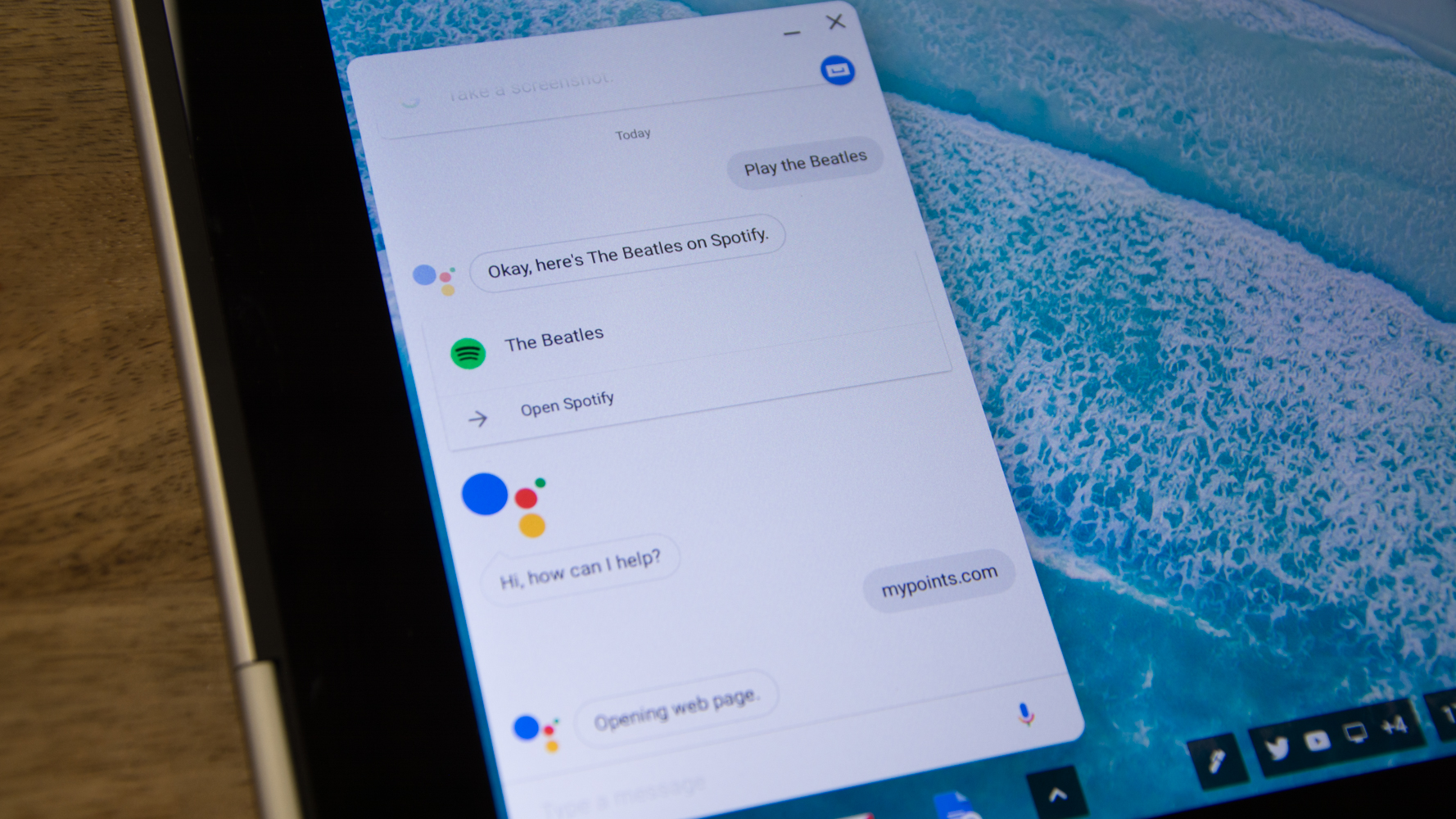
Chromebooks have a reputation as being cheap and cheerful - inexpensive, plasticky things that make up for the fact that they're hobbled in terms of power and flexibility by being highly affordable. But the Google Pixelbook threatens to shatter this reputation once and for all.
The company's previous flagship - the Chromebook Pixel - already showed us that Chromebooks could be expensive, desirable and capable all at once, but the Pixelbook ups the ante. Sleek, stylish and brimming with power and potential, the Pixelbook is Google's attempt to prove that Chromebooks are here to stay.
Google Pixelbook review: Design
There's no denying that the Google PixelBook is an incredibly snazzy-looking machine. Its matte-finished anodised aluminium chassis is razor-thin, with a sterile, almost antiseptic design that wouldn't look out of place on board some kind of utopian science fiction starship.
Google Chromebook Pixel (2015) review Best Chromebooks 2017 Google Pixel 2 hands-on review: Back and better than ever
This is complemented by a white glass panel inlaid into the lid, with the touchpad and rubber wrist-rests creating a corresponding white strip on the base, and a similar rubber strip on the underside. This creates a unique, distinctive look that sets it apart from every other notebook and ties in with the aesthetics of Google's Pixel phones, but there's practical reasons behind it, too.

The rubber on the underside gives it improved traction so it won't slip on the desk, while the wrist-rests perform the same function when the laptop is flipped over into tablet mode. The glass panel on the lid even helps to improve wireless connectivity, as with the Pixel range. Speaking of which, the hinge itself is lovely, with a smooth action but enough stability to firmly stand up without too much wobbling.
However, we do have a couple of concerns about the design. First of all, although the white rubber wrist-rests look lovely when you first take the Pixelbook out of the box, we're concerned about how clean it's likely to stay. White rubber in particular has a tendency to discolour with age, as well as being more susceptible to picking up stains, scratches and other blemishes.
There's also the fact that the glass panel is more vulnerable to cracking than a standard aluminium shell. It's made from Gorilla Glass, so it shouldn't be too much of an issue if you're careful with it, but it's still at greater risk than a metal unibody would be.
Sign up today and you will receive a free copy of our Future Focus 2025 report - the leading guidance on AI, cybersecurity and other IT challenges as per 700+ senior executives
These are minor niggles, though; overall, the Pixelbook is an absolutely gorgeous machine. At 10.3mm thin, it's a sliver of a thing, and the 1.1kg weight means it's eminently portable - perfect for slinging in a bag and taking to meetings.
Google Pixelbook review: Display
This compactness also applies to the display. The screen measures 12.3in across the diagonal, which is comparatively petite for a laptop; they tend to start at around 13in. It's closer in size to hybrid tablets like the iPad Pro or Surface Pro, and it shares the latter's 3:2 aspect ratio. As a result, there isn't quite enough screen real-estate to effectively use multiple on-screen windows at the same time, despite the fact that window snapping is an option.

On the other hand, this smaller size works in its favour when you need to use it as a tablet. While larger hybrids can often feel unwieldy, the Pixelbook is very comfortable to use clipboard-style for reading, sketching or making notes. Similarly, the large bezels - which we'd usually mark a premium laptop down for - are (with the exception of the enormous bottom bezel) necessary for allowing you to hold it as a tablet without accidentally pressing stuff on-screen. It's a touch too heavy to use as a handheld tablet for extended periods, but then we've yet to see a convertible that isn't.
The screen's quality is excellent, too. The 2400 x 1600 Quad HD panel is sharp and detailed, with excellent contrast and a very good maximum brightness of 462cd/m2. Colour accuracy is generally good, and the Pixelbook covered just under 95% of the sRGB colour space. The only hiccup is a problem with blues and purples tending to be oversaturated, but it's not especially noticeable in everyday use.
Google Pixelbook review: Keyboard and trackpad
If the Pixelbook has one crowning glory, it's the keyboard. Like the Surface Pro and MacBook Pro, Google has opted to give the Pixelbook a keyboard with minimal travel distance - less than 1mm, in fact - and sharp, responsive feedback. Typing is easy and fluid, and each keystroke feels deliberate and precise.
The keys are ever-so-slightly textured, and feel lovely to use. It's full of neat little touches, too, such as backlighting that only activates in dim conditions and function keys for opening the app drawer and invoking the Google Assistant.

The trackpad is similarly excellent - a smooth white glass slab, with superb sensitivity and firm, satisfying feedback from clicks. As mentioned above, it's flanked by two white rubber wrist-rests which, despite our concerns about their long-term cleanliness, provide a much more comfortable surface when typing than the traditional aluminium chassis. It's a lovely setup, and equal to the top-class examples offered by the likes of Microsoft.
Google Pixelbook review: Performance and hardware
Talking about a Chromebook's hardware is always a slightly tricky prospect. They generally tend to use lower-powered processors like Intel's Celeron or Pentium chips, but they also have much, much lower requirements than Windows laptops due to the lightweight nature of ChromeOS and the fact that web apps don't rely on local processing power. This means they can generally get by on a lot less, but performance compared to Windows machines is still commonly an issue.
Google has addressed this by fitting the Pixelbook with more powerful Intel processors. There's a Core i5 version with 8GB of RAM, available with a 128GB or 256GB SSD, and a forthcoming Core i7 version with 16GB of RAM and a 512GB NVMe SSD. The i5 version that we tested uses one of Intel's seventh-generation Y-series processors - lower-powered dual-core CPUs designed for thin, fanless machines.
This can often result in slower performance than laptops that use 'fully-fledged' chips, but the Core i5-7Y57 chip used in the Pixelbook is clocked at a blazing 3.3GHz, which is considerably faster than most other laptops, let alone Chromebooks.
As a result, it was able to capably hold its own in our benchmarks, with comparable scores to HP's excellent EliteBook X360 and the Microsoft Surface Laptop. This notebook more than any other blows apart the myth that Chromebooks are universally underpowered. Laptop snobs may be surprised to hear this, but when it comes to performance, the Pixelbook is every bit the equal of high-end Windows laptops.

The only caveat here is that we experienced a couple of unexpected crashes and freezes while using the Pixelbook. Luckily, it boots so fast that we were up and running again within seconds.
Google Pixelbook review: Battery life
Performance is nothing without longevity though, and battery life is a key concern for ultraportables like the Pixelbook. Thankfully, this is another area in which the Pixelbook acquits itself admirably.
We measured a battery life of 8hrs 25mins in our benchmark tests, which is certainly respectable. It's lagging behind the Surface Pro by more than three hours and it's not quite hitting the 10-hour mark than many premium ultrabooks are capable of achieving, but it's enough to see you through a working day.
Even if you do find yourself running out of charge unexpectedly, Google has you covered. The Pixelbook offers fast-charging via the included USB-C charger - with 'fast' being the operative word. From empty, the Pixelbook took just over an hour to fully charge. An hour! That's an absolutely astonishing rate that we've yet to see any other device match.
Tiresomely though, issues crop up yet again here. The fanless design means that if you put the Pixelbook under extreme load, the area directly above the keyboard can get extremely hot. We registered a blistering maximum temperature of 48 degrees celsius, which is slightly concerning - although we should point out that while it often felt warm to the touch, it wasn't usually running at this extreme temperature.
Google Pixelbook review: Software
Many people - particularly techies and IT professionals - tend to turn their noses up at Chromebooks on the basis that they're severely lacking in functionality versus their Windows counterparts. At the root of this prejudice is the belief that Chromebooks need a constant internet connection to be able to do anything, but that's simply no longer true.
If you're using G-Suite apps like Google Docs or Sheets, you can also do all your normal work while offline, just as you would while connected. Documents stored in your Google Drive are accessible offline, and you can open up the relevant app and start working on something even without a connection. Any changes you make will be saved locally and then applied to the version stored on Google's servers once you're reconnected.
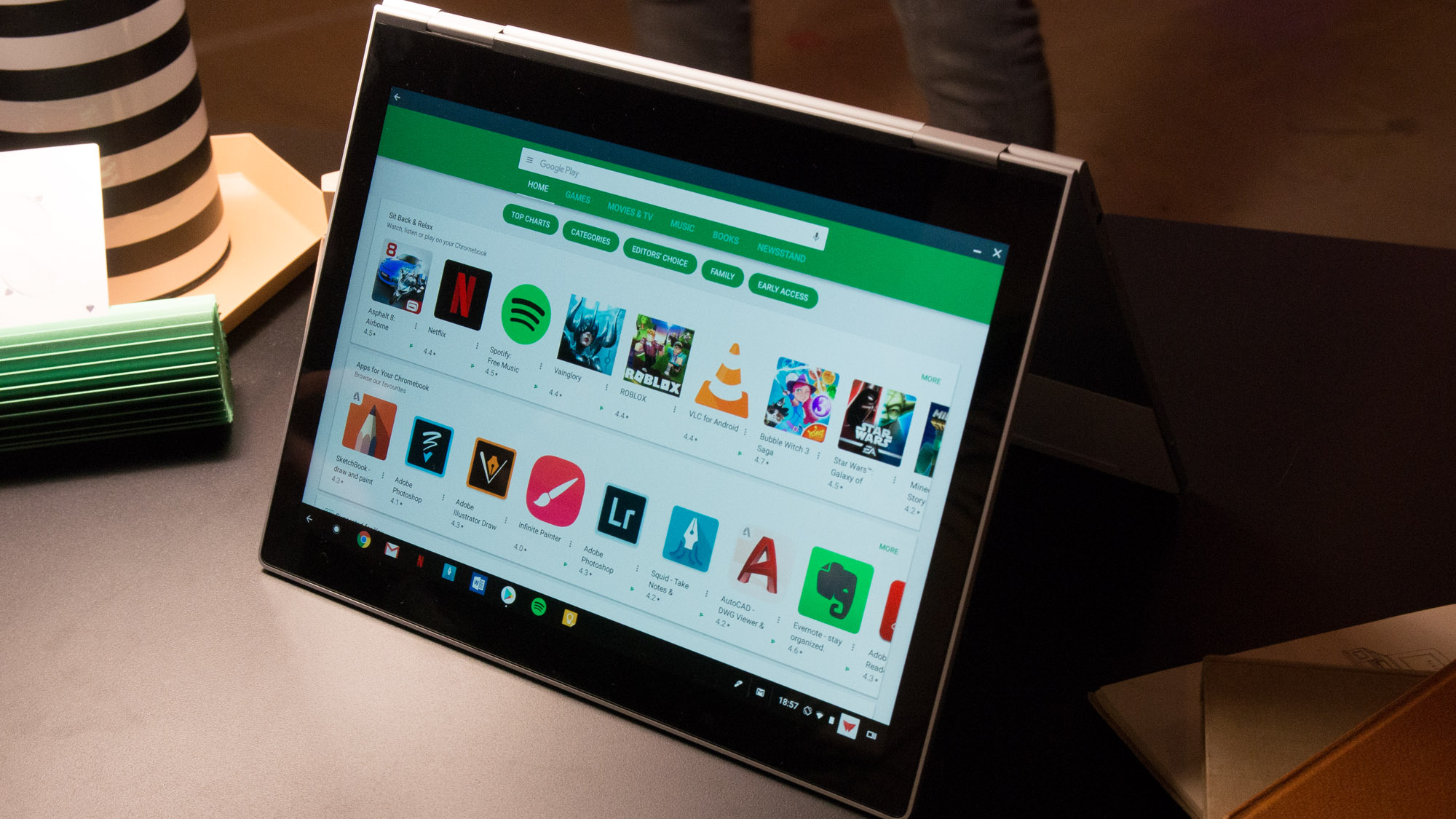
Unfortunately, Chrome OS is still hamstrung by certain limitations. Performing basic tasks is fine, but if you try and treat it like a normal laptop, you'll find yourself bumping up against a myriad of minor frustrations, like the fact that local file management is still a monumental headache compared to Windows or MacOS.
Another one of ChromeOS's drawbacks has historically been the fact that it's largely limited to web apps, but the Pixelbook goes a long way towards fixing this by giving users access to the Google Play Store's robust catalogue of Android apps. This removes a huge amount of the limitations of Google's desktop OS, but again, it's not without compromise.
First and foremost is the fact that you just won't be able to run some software, such as niche business applications or proper media editing tools. Yes, you can run app-based versions of tools like Adobe Lightroom, but you're just not going to get the same experience as the fully-fledged desktop versions.
As with Samsung DeX, many apps have been optimised to run on larger screens as well as smartphones, but most are just standard phone apps that expand to fill the screen. These can be expanded, but this just results in the default user interface being uncomfortably stretched out to cover a larger aspect ratio, which makes most apps look absolutely horrible.
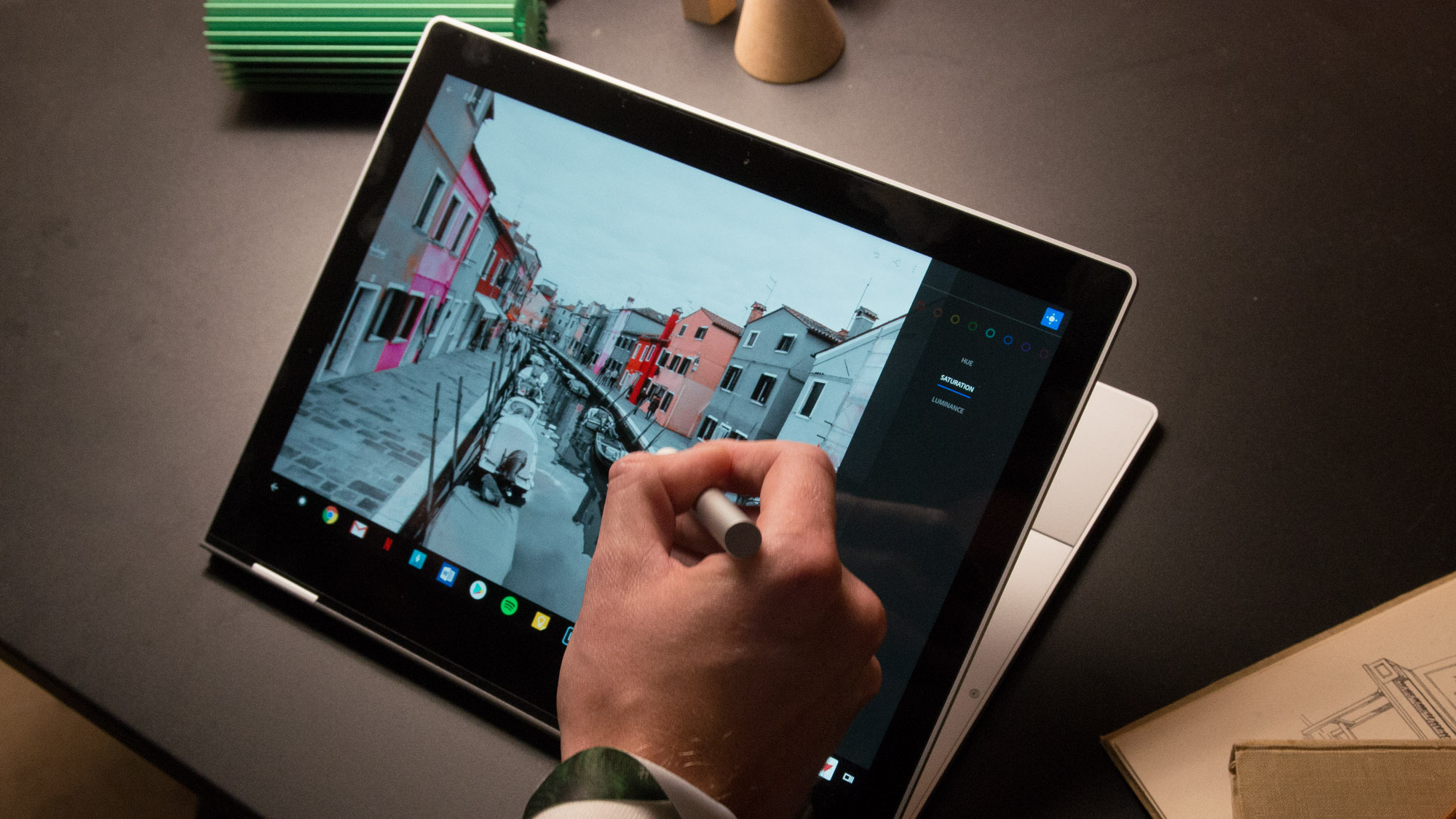
Running apps as smartphone-sized windows isn't particularly onerous, however. In fact, we found that tiling multiple Android apps on an external monitor was a better way to keep an eye on things like Twitter feeds, calendar schedules and email inboxes than having them open in separate browser tabs.
Scaling issues aside, the addition of Android apps removes the last major issue that Chromebooks had. If there's anything that you absolutely need the Pixelbook to be able to do offline, aside from a few exceptions you'll be able to find an app to accomplish that task.
Google Pixelbook review: Google Assistant and Pixelbook Pen
Unsurprisingly, Google has also loaded the Pixelbook with features that take advantage of the company's machine learning chops. In this case, it takes the form of the Google Assistant, the AI helper that sits at the heart of the Pixel phones.
The Assistant is baked into the Pixelbook from the ground up; it can be summoned with a dedicated key on the keyboard (occupying the slot where the Windows or Option key would be on another device), by saying the 'OK Google' wake-word, or with the brand new Pixelbook Pen - which we'll talk more about shortly.
Once you get into the habit of using it, the Assistant is actually surprisingly useful. For starters, it makes it much easier to access the staggering power of Google's search algorithm. Not only that, but it also allows you to do all the stuff that the Assistant can do on phones, such as interacting with your apps and smarthome tech. If you can't get over the awkwardness of asking your computer questions out loud, you can also type your queries out - but that's not nearly as quick or as cool.

An alternative way of invoking the Assistant is via the Pixelbook Pen. Hold down the button on the side of the stylus and highlight an object, such as an image or a piece of text. The Assistant will then use object recognition and other fancy machine learning technologies to determine what it is you've selected and provide contextual search results about it, including links to any recent news stories, relevant videos, definitions and factoids.
The pen itself is nice - a smooth, uniform cylinder sporting the same two-tone white and matte-silver colour scheme as the Pixelbook itself. Writing is smooth and fluid, although it doesn't feel as natural as either the Surface Pen or the Apple Pencil. Still, it's fine for sketching and note-taking, which is likely to be more of a concern for most users than hardcore graphic design or art.
The biggest downside to the Pixelbook Pen is that it's 99. Admittedly, that's no more than Apple is charging for its stylus, but it was daylight robbery when Apple introduced it, and it's daylight robbery here as well. I don't care how nice it is; charging almost 100 for a stylus is borderline criminal.
Google Pixelbook review: Ports and features
Moving onto ports, Google has followed in Apple's footsteps and fitted the Pixelbook with one USB-C port on each side of the device for display, power and data transfer. As with the MacBook, couple of extra USB-C ports would have been appreciated, but it's hard to complain about the lack of traditional USB ports or display connectors. The Pixelbook is just too thin to accommodate anything larger than USB-C.

One odd bug that we noticed was that if you shut the Pixelbook, it loses any active Bluetooth connections. If you're listening to music with wireless headphones, whatever you're listening to will start blaring out of the laptop's speakers - an unfortunate issue that we discovered the hard way, and one that's likely to be annoying for anyone that uses Bluetooth headphones in a busy office. We found Bluetooth connectivity to be patchy in general.
Another weird quirk that affects business users is that depending on your organisation's corporate policies for Google accounts, certain flagship features may not be enabled. When we signed in with our work account, we found that the Google Assistant and the Google Play Store were both unavailable. When we signed in with our personal Google account, they were both ready and waiting for us.
Google Pixelbook review: Verdict
The Google Pixelbook is a truly spectacular machine. The whisper-thin and gorgeous-looking chassis hides an excellent screen, with a processor that offers surprisingly impressive performance for a Chromebook. If you've been looking for a device that proves Chromebooks are ready for the big time, well, this is it.
Unfortunately, it's also undercut by a myriad of smaller issues, from frustrations with ChromeOS's file management capabilities to issues with occasional crashes and bugs. These problems are infuriating - not because they make the Pixelbook unpleasant to use, but because they're the few blemishes that mar an otherwise perfect user experience.

There's also the matter of price; at £999 after tax, the Pixelbook is an expensive machine, up there with the MacBook Pro and Surface Pro. We think that its design, performance and features justify this price tag, but we wouldn't blame anyone for taking their money and spending it on a MacBook instead.
Even with all this in mind though, the Pixelbook is still an incredibly attractive machine. It's the nicest-looking laptop we've seen for some time, and it's got the hardware to back it up. Cap that off with Android app compatibility and some smart AI tech and you've got a very nice package indeed. As a showcase of the best Google has to offer, this laptop delivers the goods - and if it sparks a Chromebook renaissance, then so much the better.
Google Pixelbook specifications
| Processor | Dual-core 3.3GHz Intel Core i5-7Y57 |
| RAM | 8GB |
| Memory slots (free) | 1 (0) |
| Max memory | 16GB |
| Dimensions | 290 x 220 x 10mm |
| Weight | 1.1Kg |
| Sound | Realtek HD Audio (3.5mm headset port) |
| Pointing device | Touchpad |
| Screen size | 12.3in |
| Screen resolution | 2,400 x 1,600 |
| Touchscreen | Yes |
| Graphics adaptor | Intel HD Graphics 615 |
Adam Shepherd has been a technology journalist since 2015, covering everything from cloud storage and security, to smartphones and servers. Over the course of his career, he’s seen the spread of 5G, the growing ubiquity of wireless devices, and the start of the connected revolution. He’s also been to more trade shows and technology conferences than he cares to count.
Adam is an avid follower of the latest hardware innovations, and he is never happier than when tinkering with complex network configurations, or exploring a new Linux distro. He was also previously a co-host on the ITPro Podcast, where he was often found ranting about his love of strange gadgets, his disdain for Windows Mobile, and everything in between.
You can find Adam tweeting about enterprise technology (or more often bad jokes) @AdamShepherUK.
-
 Trump's AI executive order could leave US in a 'regulatory vacuum'
Trump's AI executive order could leave US in a 'regulatory vacuum'News Citing a "patchwork of 50 different regulatory regimes" and "ideological bias", President Trump wants rules to be set at a federal level
By Emma Woollacott Published
-
 Microsoft Excel is still alive and kicking at 40 – and it's surging in popularity as 82% of finance professionals report ‘emotional attachment’ to the spreadsheet software
Microsoft Excel is still alive and kicking at 40 – and it's surging in popularity as 82% of finance professionals report ‘emotional attachment’ to the spreadsheet softwareNews A recent survey found Gen Z and Millennial finance professionals have a strong “emotional attachment” to Microsoft Excel
By Emma Woollacott Published
-
 LastPass hit with ICO fine after 2022 data breach exposed 1.6 million users – here’s how the incident unfolded
LastPass hit with ICO fine after 2022 data breach exposed 1.6 million users – here’s how the incident unfoldedNews The impact of the LastPass breach was felt by customers as late as December 2024
By Emma Woollacott Published
